Growth of E-commerce and Online Retail
The rise of e-commerce and online retail in Germany has a profound impact on the 3d rendering-software market. As businesses increasingly shift to online platforms, the need for high-quality product visualizations becomes paramount. Retailers are leveraging 3d rendering software to create realistic images of products, enhancing customer engagement and driving sales. Recent statistics suggest that e-commerce sales in Germany have grown by approximately 25% in the past year, leading to a heightened demand for rendering solutions that can produce compelling visuals. This trend is particularly evident in sectors such as fashion and home decor, where visual appeal is critical. Consequently, the growth of e-commerce is likely to continue fueling the expansion of the 3d rendering-software market, as businesses seek to improve their online presence through superior visual content.
Expansion of the Entertainment Industry
The entertainment industry in Germany significantly influences the 3d rendering-software market, particularly in film, gaming, and animation. With the increasing production of high-quality visual content, there is a growing need for sophisticated rendering solutions. Recent data indicates that the gaming sector alone has seen a revenue increase of over 20% in the last year, prompting game developers to invest in advanced rendering software to enhance graphics and user experience. Additionally, the rise of streaming platforms has led to a surge in animated content, further driving the demand for 3d rendering tools. As studios seek to produce visually stunning content, the 3d rendering-software market is poised for continued growth, fueled by the entertainment industry's expansion and the need for cutting-edge visual effects.
Rising Interest in Education and Training
The educational sector in Germany is increasingly recognizing the value of 3d rendering software for training and skill development. Institutions are incorporating these tools into their curricula to prepare students for careers in design, architecture, and engineering. The integration of 3d rendering software into educational programs is likely to enhance students' understanding of complex concepts and improve their employability. Recent surveys indicate that over 30% of educational institutions have adopted 3d rendering tools in their programs, reflecting a growing trend towards practical, hands-on learning experiences. As the demand for skilled professionals in these fields rises, the educational sector's investment in 3d rendering software is expected to contribute positively to the overall growth of the market.
Increasing Demand in Architecture and Design
The 3d rendering-software market experiences a notable surge in demand from the architecture and design sectors in Germany. As urbanization accelerates, architects and designers increasingly rely on advanced rendering software to visualize projects before construction. This trend is underscored by a reported growth of approximately 15% in the adoption of 3d rendering tools among architectural firms in the past year. The ability to create photorealistic images and immersive environments enhances client presentations, thereby streamlining the decision-making process. Furthermore, the integration of virtual reality (VR) capabilities into rendering software is likely to further drive this demand, as it allows clients to experience designs in a more interactive manner. Consequently, the architecture and design industries are pivotal in shaping the trajectory of the 3d rendering-software market in Germany.
Technological Advancements in Software Capabilities
Technological advancements play a crucial role in shaping the 3d rendering-software market. Innovations in rendering algorithms, real-time rendering, and cloud computing capabilities have transformed how designers and artists create visual content. In Germany, software developers are increasingly focusing on enhancing the efficiency and speed of rendering processes, which is vital for meeting the demands of fast-paced industries. For instance, the introduction of ray tracing technology has improved the realism of rendered images, making it a sought-after feature among users. As a result, the market is likely to witness a shift towards software that incorporates these advanced technologies, enabling users to produce high-quality visuals more efficiently. This trend indicates a competitive landscape where continuous improvement in software capabilities is essential for success in the 3d rendering-software market.


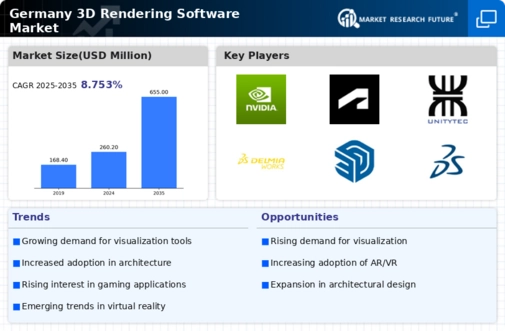
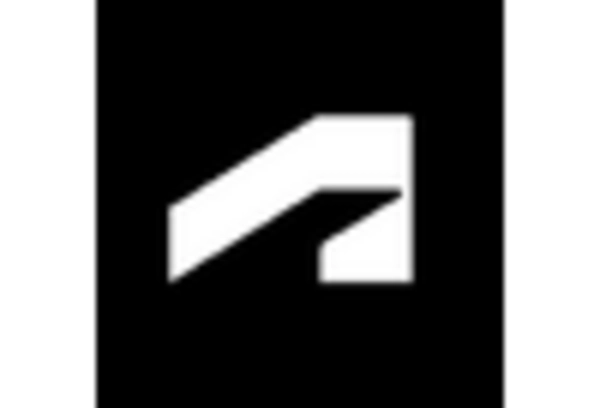
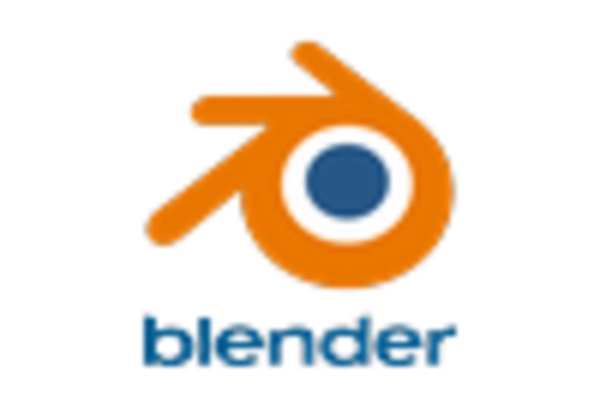
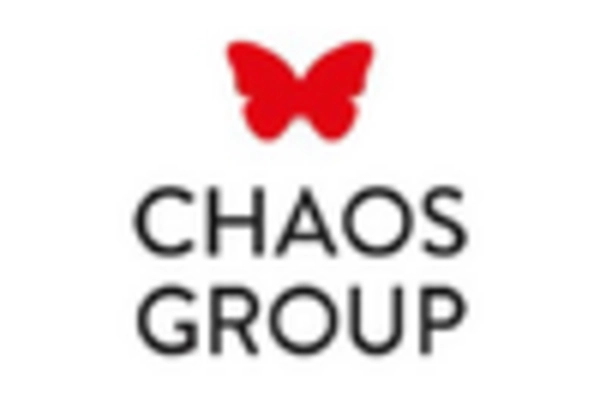
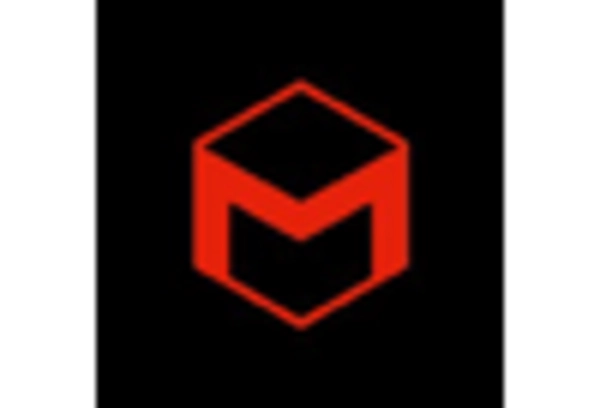










Leave a Comment